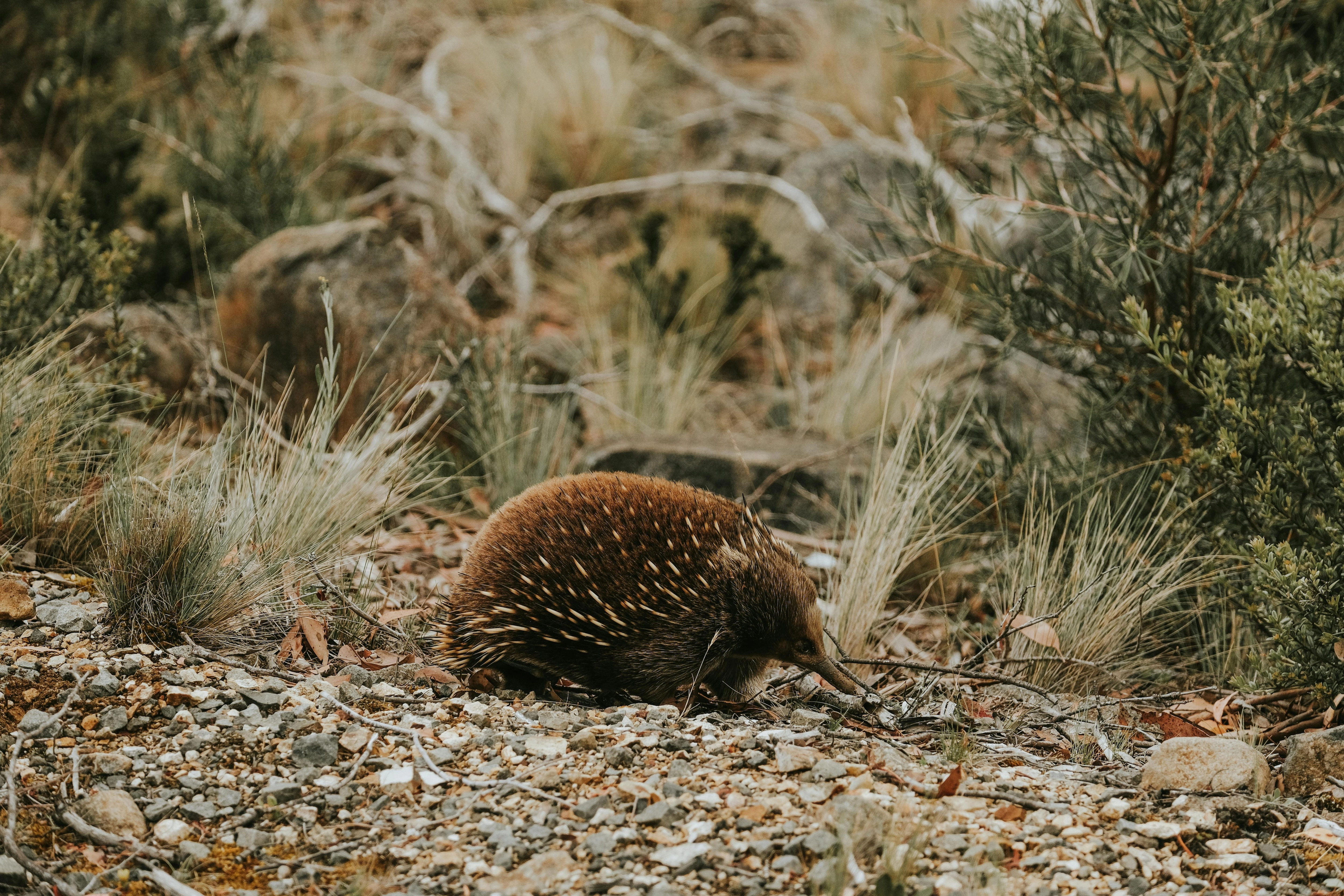Recent research has revealed intriguing insights into the lifestyle of ancient echidna species, suggesting that they once thrived in aquatic environments, much like their contemporary counterpart, the platypus. This study sheds light on the evolutionary adaptations that both echidnas and platypuses have developed, highlighting how these unique monotremes have navigated their ecological niches over millions of years. The findings indicate that ancient echidnas may have been more adept at aquatic living than previously understood, challenging conventional views about their terrestrial lifestyle.
The study, which analyzed fossil evidence and morphological characteristics, suggests that these early echidnas possessed physical traits conducive to life in water. Features such as streamlined bodies and specialized limbs indicative of swimming capabilities were observed, drawing parallels to the adaptations seen in modern platypuses. This revelation not only expands our understanding of echidna evolution but also emphasizes the diverse ecological roles that monotremes have occupied throughout history.
The implications of this research extend beyond the echidna itself, as it opens up discussions about the environmental pressures that may have influenced these species’ adaptations. Understanding how these creatures adapted to changing environments can provide insights into the broader patterns of evolution among mammals, particularly in relation to habitat changes and resource availability. As researchers continue to explore the evolutionary pathways of these unique animals, the findings underscore the importance of fossil records in reconstructing the lifestyles of extinct species and how they relate to their living relatives today.
In conclusion, the examination of ancient echidnas reveals a fascinating chapter in the evolutionary history of monotremes. The evidence of their aquatic lifestyle not only enriches our understanding of echidnas but also encourages further research into the adaptive strategies of early mammals. The parallels drawn between ancient echidnas and modern platypuses serve as a reminder of the complexity and diversity of life forms that have existed on Earth, and how they have adapted to various environments over millennia.




